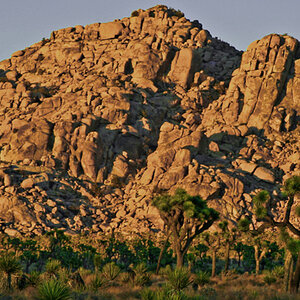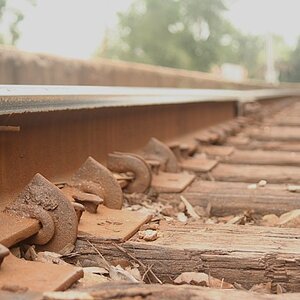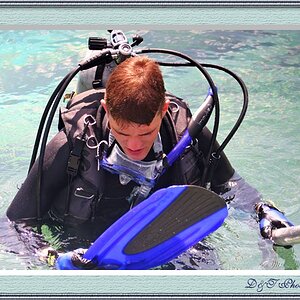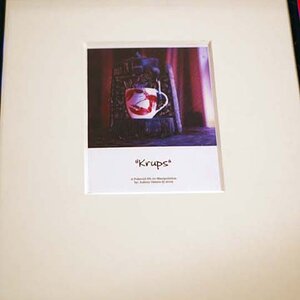TarterTurtle
TPF Noob!
- Joined
- Dec 22, 2019
- Messages
- 92
- Reaction score
- 53
- Location
- MA USA
- Can others edit my Photos
- Photos OK to edit
Hi,
I recently got a developing tank from one of my dad's co-workers and am wondering what chemicals to get. The cheapest at freestylephoto is Arista but I don't know if it's any good. I was considering using Caffinol but decided not to because I am new to this and want to start simple. So what chemicals do you recommend? Thanks
Nathan
I recently got a developing tank from one of my dad's co-workers and am wondering what chemicals to get. The cheapest at freestylephoto is Arista but I don't know if it's any good. I was considering using Caffinol but decided not to because I am new to this and want to start simple. So what chemicals do you recommend? Thanks
Nathan










![[No title]](/data/xfmg/thumbnail/32/32698-38e2346942223e17b43fb958f66064c1.jpg?1619735601)



